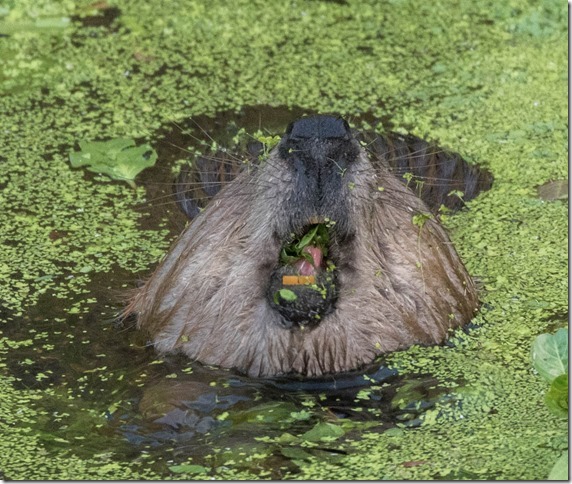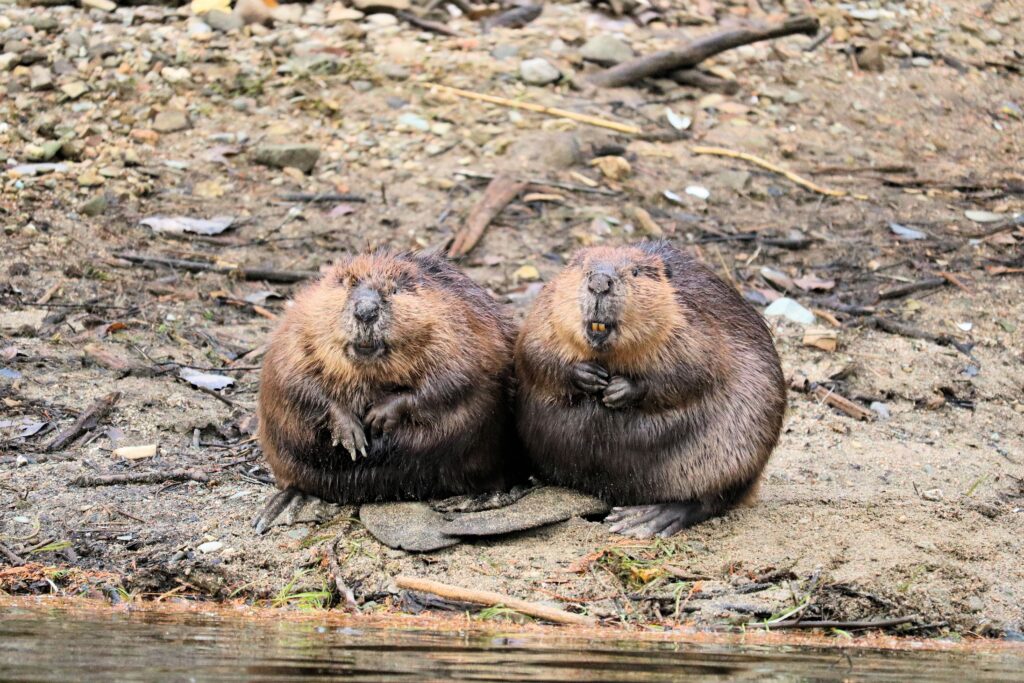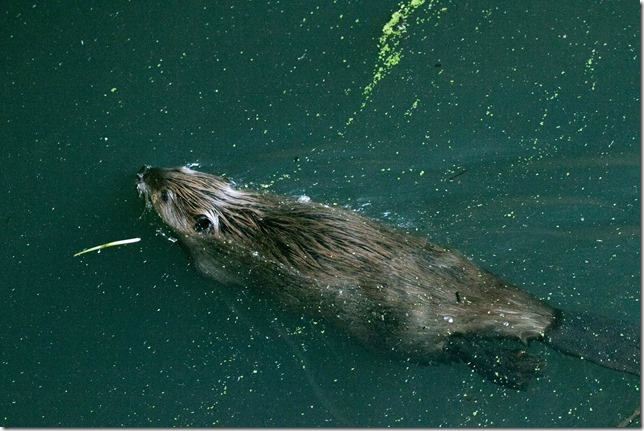While there are all sorts of serious reasons to love beaver (including their ability to create habitat for many species, buffer the effects of climate change, increase the presence of water, and sequester carbon), we thought we’d use International Beaver Day 2023 to celebrate the lighter side of our favorite rodent.
Without further ado, we present 10 fun facts about beaver:
1. The large hind feet of a beaver are webbed, helping them swim up to 6 miles per hour.
2. Beaver have a modified toenail that enables them to comb caster oil onto their hair from glands near their tails.
3. Beaver belong to the order of rodents because some of their teeth never stop growing. Freebie bonus fact: beaver are the second largest rodent in the world, behind the capybara.
4. When a beaver smiles you will see its front teeth are coated by an iron rich orange enamel, but the backside of those teeth are white and composed of a softer material called dentin.

5. Beaver, like whales, and have proteins called myoglobin, which binds with oxygen in their muscles and helps them stay underwater longer.
6. When a beaver is underwater, it can concentrate its blood flow to its brain, heart, and muscles and away from its extremities which helps them stay under for as long as fifteen minutes.
7. Beaver are mostly nocturnal and twilight is the best time to spot them. If you do spot them, record your sighting to iNaturalist, which is currently the best place to track beaver activity.
8. Beaver kits typically stay with their parents for two years before venturing off to build a lodge of their own.
9. Beaver are herbivorous, mostly eating plants, twigs, and the bark of trees. Contrary to myth, beavers do not eat fish.
10. Beavers once covered the majority of North America creating a complex system of connected wetlands from coast to coast.

Learn more about beaver by downloading OAEC’s own Beaver in California: Creating a Culture of Stewardship.






